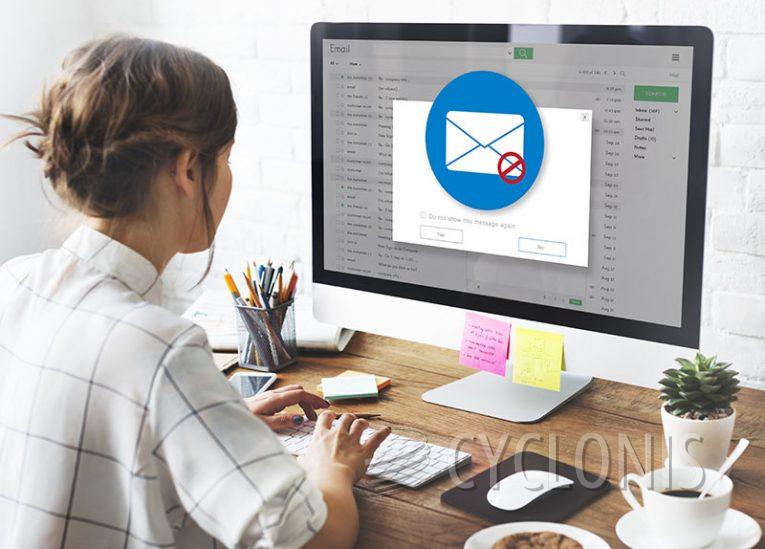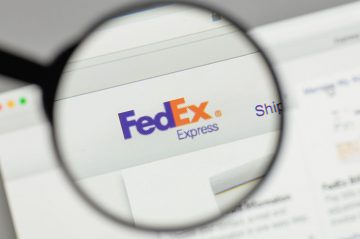Computer Users Succumb to the 'Final Price' Email Scam Relinquishing Login Details

The "Final Price" email scam is a deceptive phishing scheme that preys on computer users, enticing them to divulge their email login credentials under the guise of revealing final prices for purportedly ordered items. The email, typically labeled "New Order," contains an attached Excel document, such as "Document023.html," which, upon opening, redirects users to a phishing website. This site displays a falsified Excel document overlaid by an "Adobe PDF" window, prompting victims to input their email account information.
How does fraud take place with the 'Final Price' email scam?
It is crucial to emphasize that the email is fraudulent, with no affiliation to genuine individuals or legitimate entities. Once users fall victim to this scam, they risk more than just compromising their email accounts; the implications extend to potential identity theft, financial losses, and the misuse of socially-oriented accounts. Cybercriminals can exploit stolen identities to solicit loans, donations, promote scams, and disseminate malware through compromised accounts.
The consequences become even more severe if sensitive or confidential content is discovered, as it could be exploited for blackmail or other malicious purposes. Hijacked finance-related accounts, including online banking and e-commerce platforms, may be used for fraudulent transactions and purchases.
Computer users must beware of phishing email scams
This phishing scam is just one example of the numerous deceptive tactics employed by cybercriminals in spam campaigns. Other examples include emails with titles like "Mail Client Manual Settings," "Privacy Policy," "Chunghwa Post," "Glacier Bank," and "Security Info Was Added." Despite potential errors in these emails, they can be convincingly disguised as messages from legitimate entities, underscoring the need for caution with all incoming emails, PMs/DMs, SMSes, and other messages.
Spam campaigns are commonly used to spread malware through deceptive emails and messages containing infectious attachments or download links. These malicious files come in various formats, such as documents, archives, executables, JavaScript, and more. Users are urged to exercise caution and refrain from opening attachments or clicking links in suspicious or irrelevant emails.
Preventing email scams and removing 'Final Price' email scam malware
Preventing malware installation requires diligence in email and message handling. Users should avoid opening dubious attachments or links, and it is recommended to use Microsoft Office versions released after 2010 for added protection through the "Protected View" mode. Vigilance is also crucial while browsing, as seemingly genuine online content may harbor hidden threats.
Downloading only from official and verified sources, activating and updating programs through legitimate means, and maintaining reputable antivirus software are essential steps in ensuring cybersecurity. In case of exposure to malicious attachments, users are advised to run scans with anti-malware applications to automatically eliminate infiltrated malware. Overall, staying informed and practicing caution are vital in safeguarding against evolving cyber threats.








